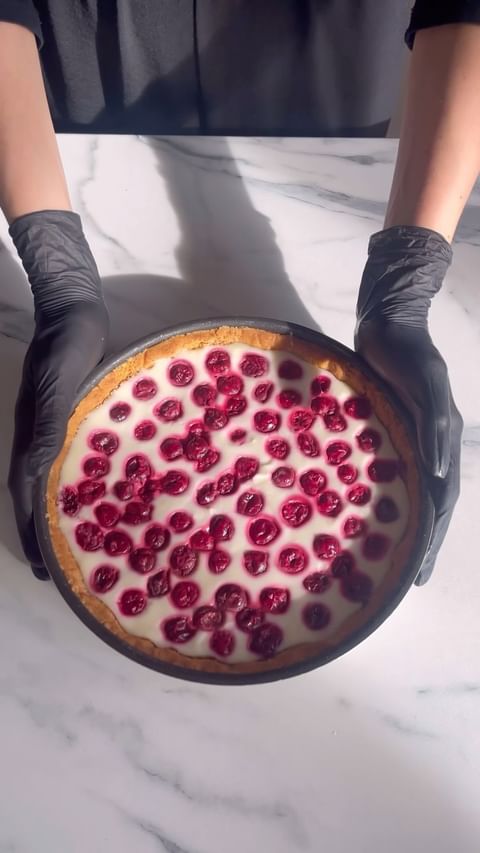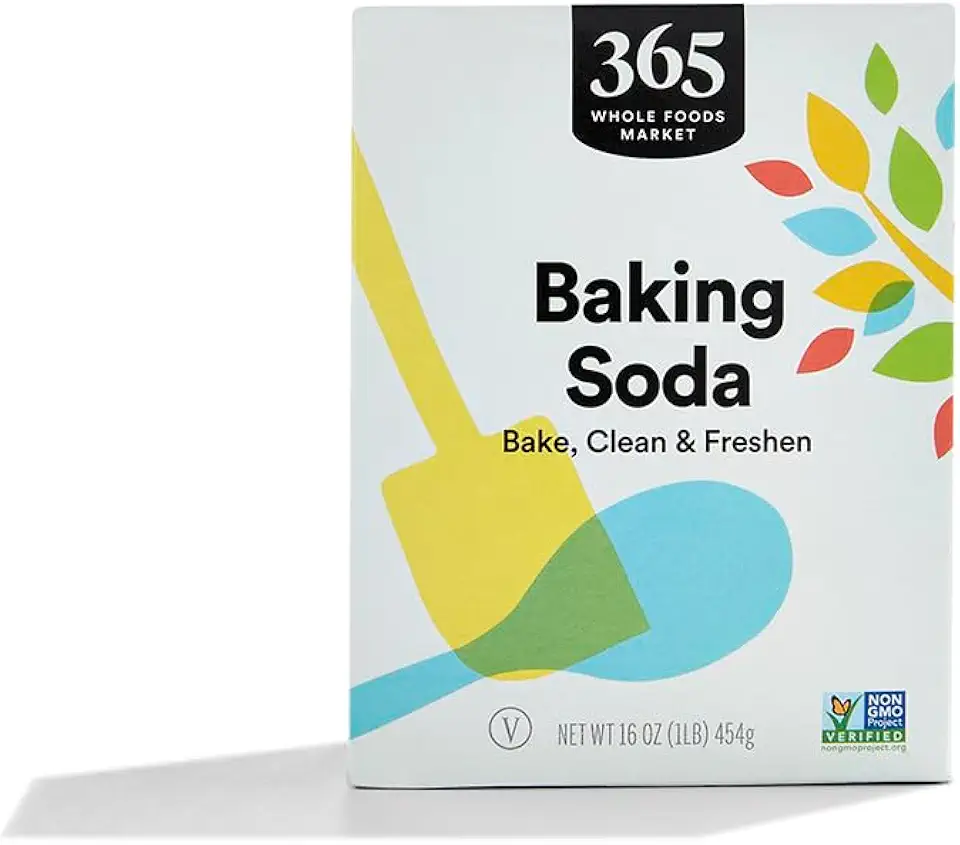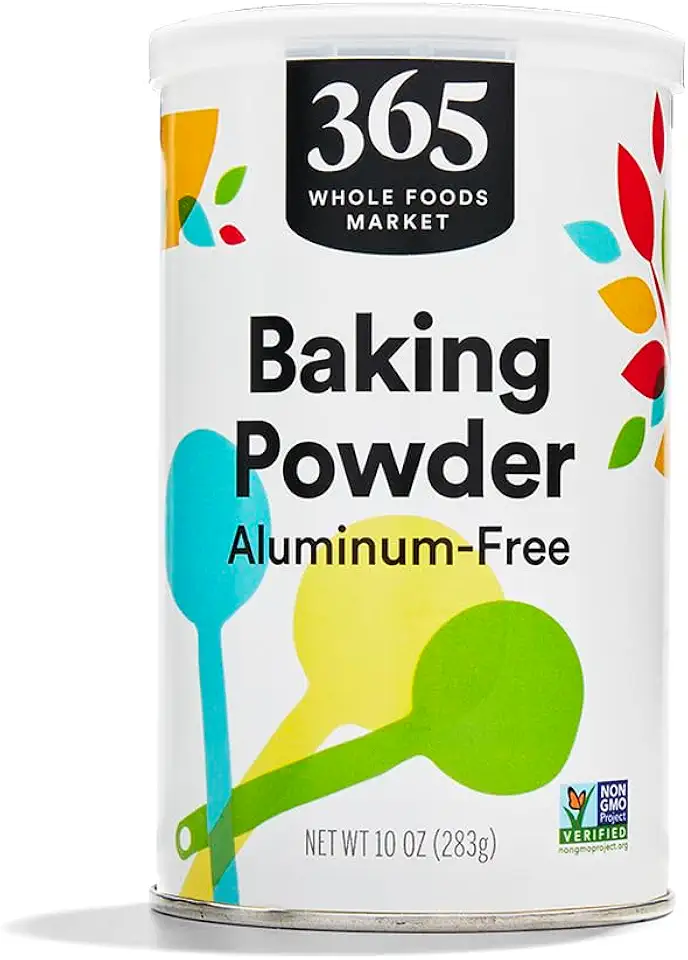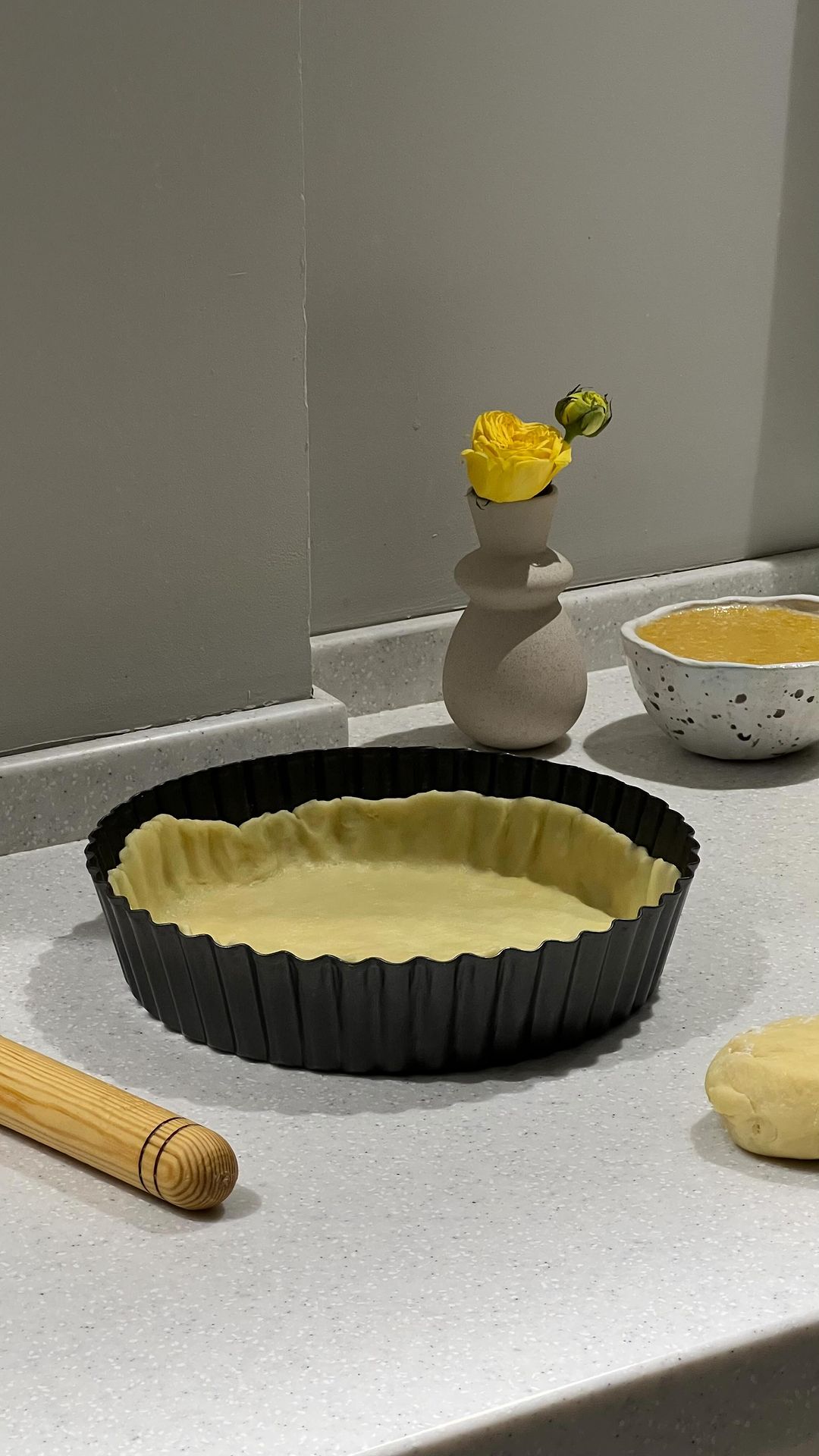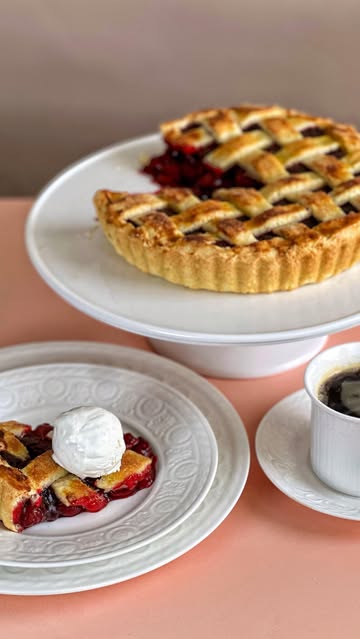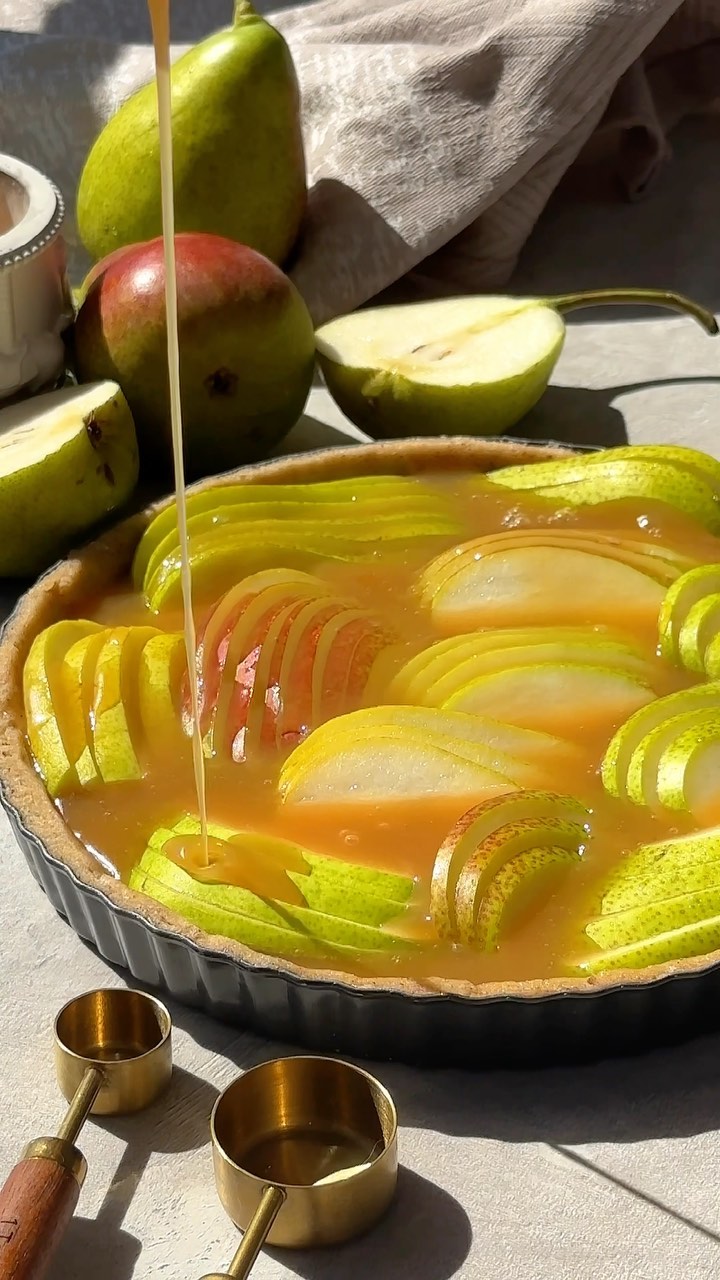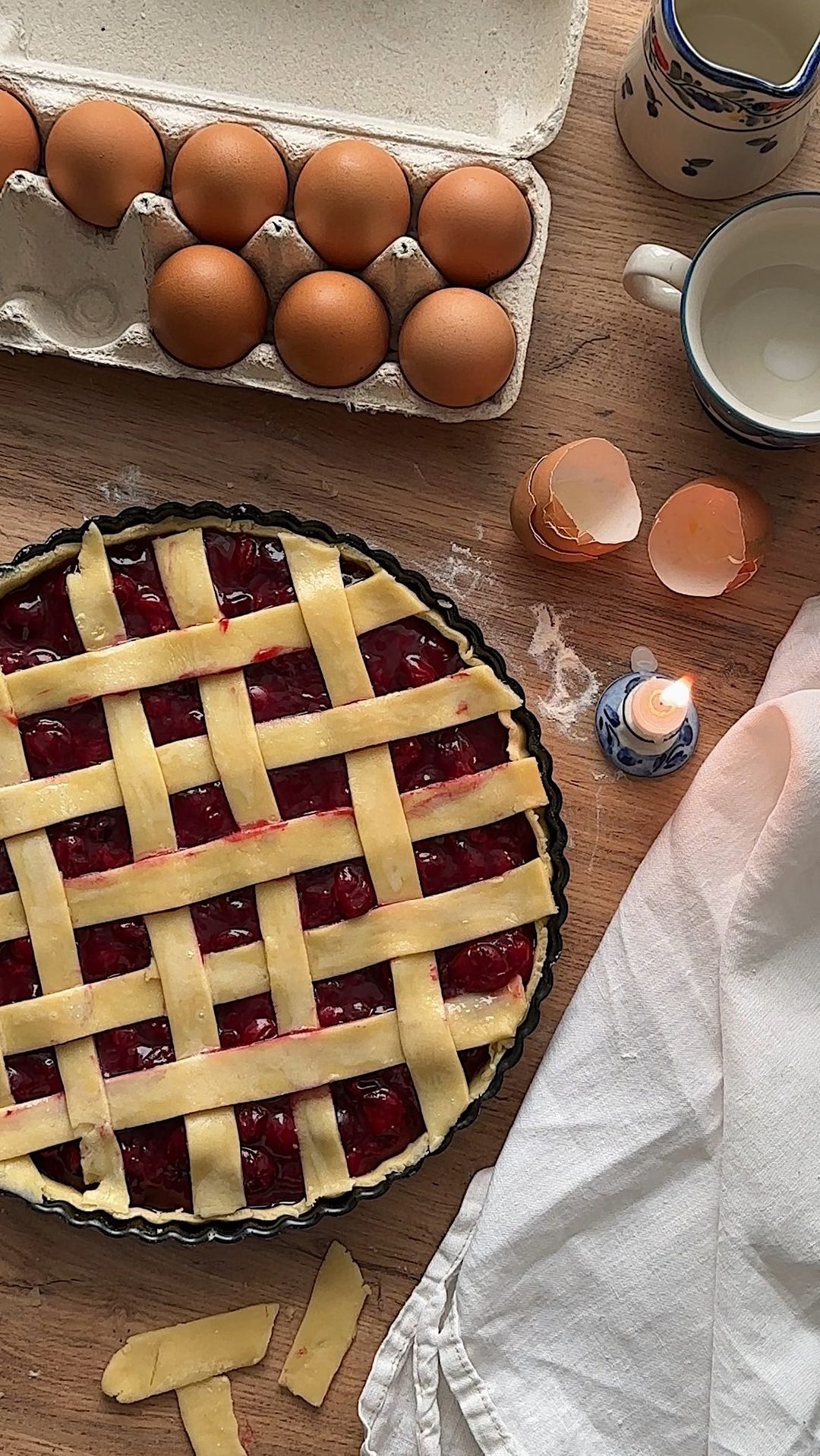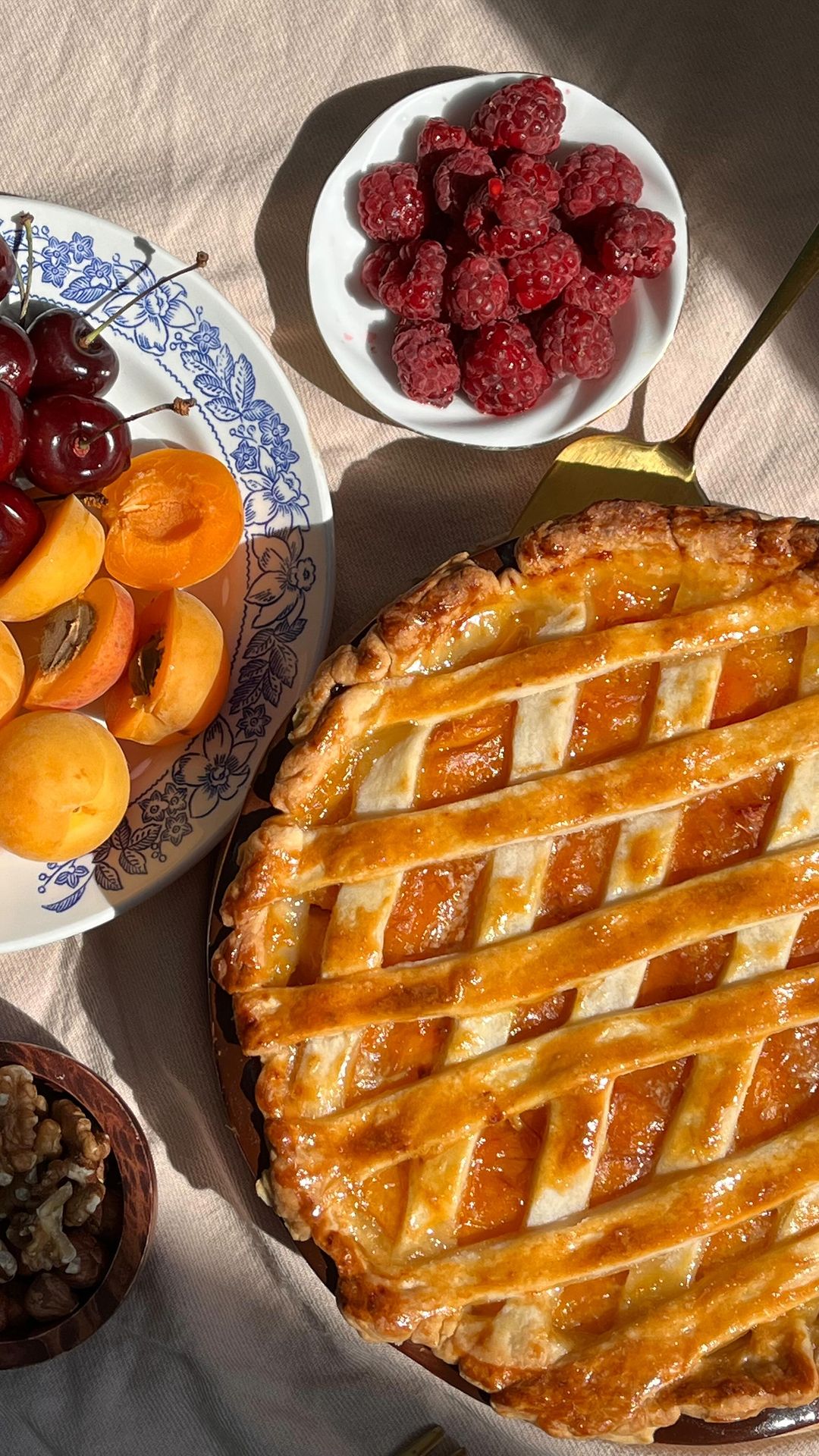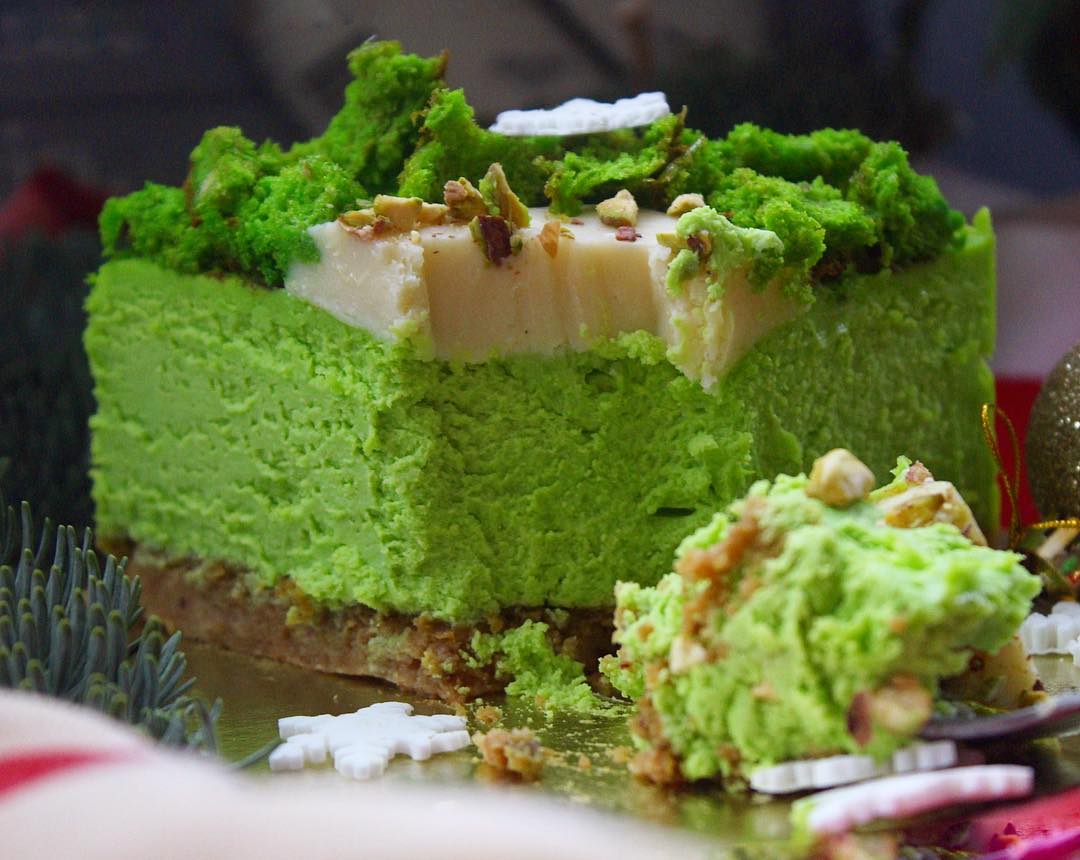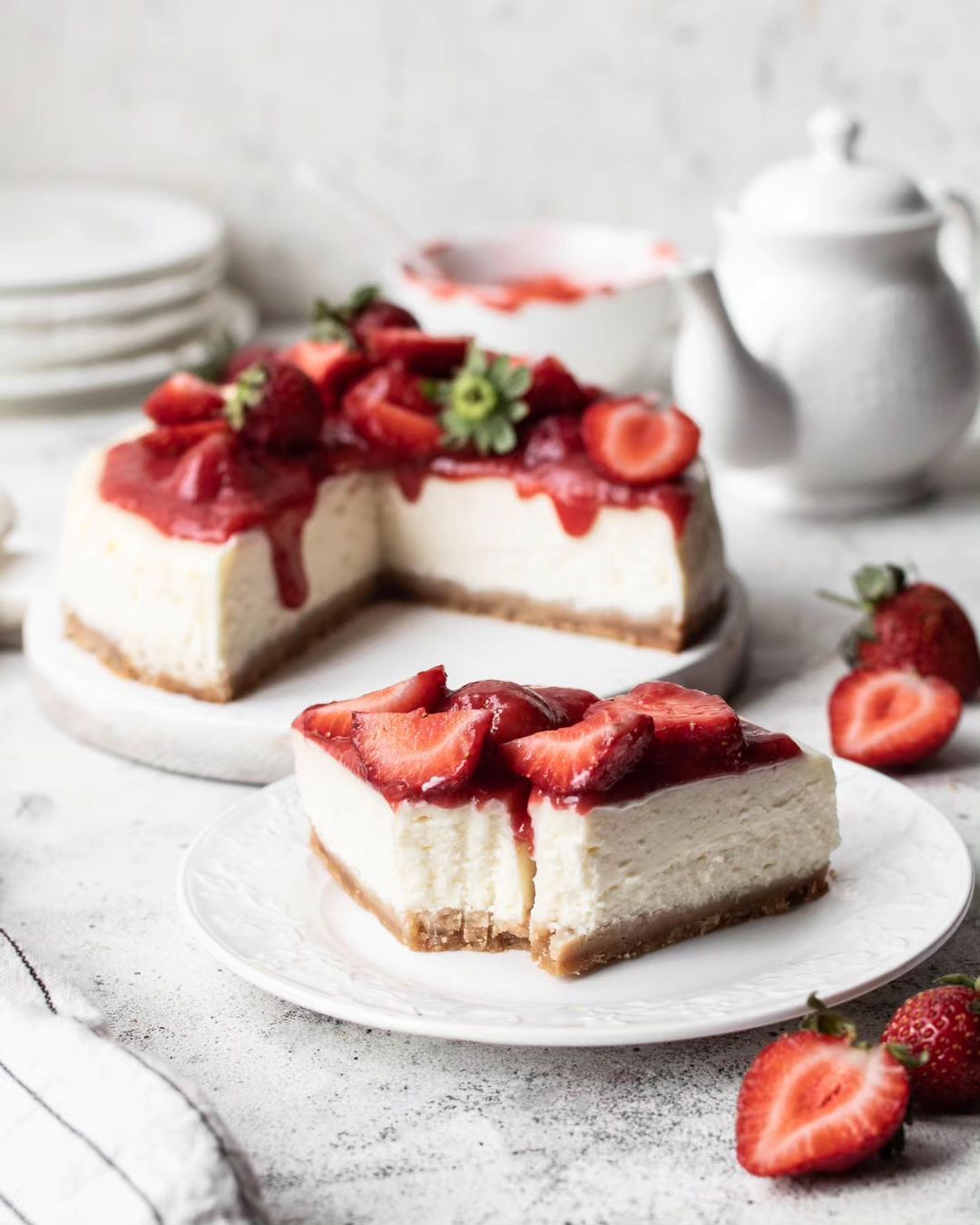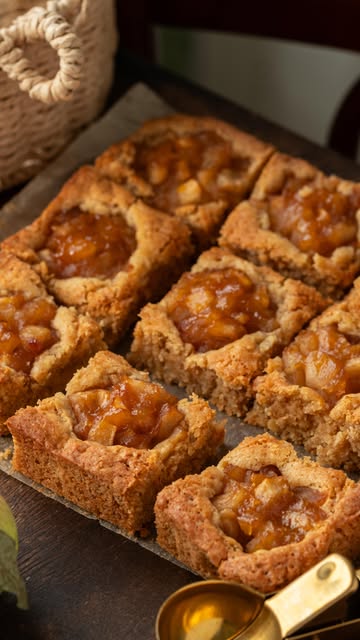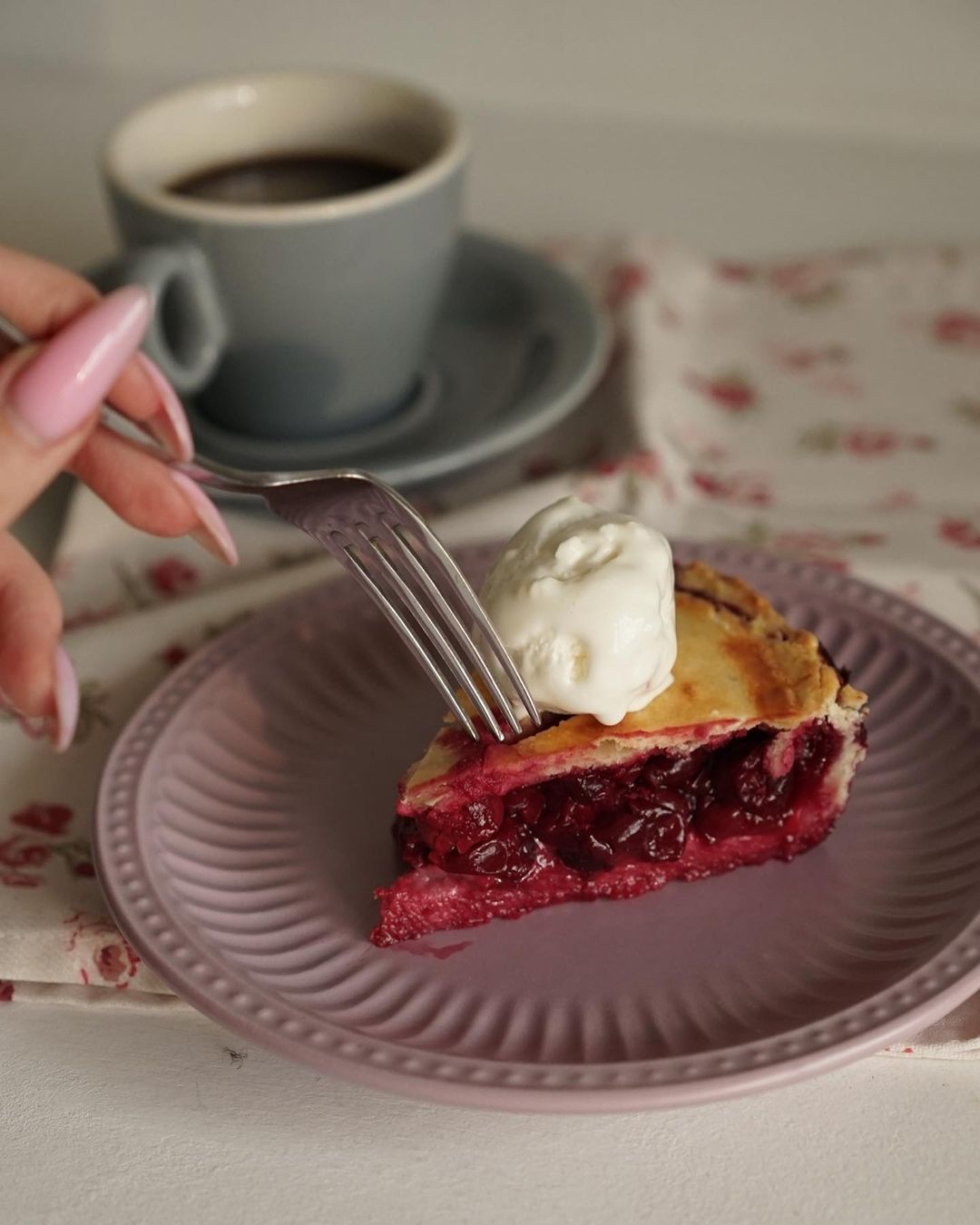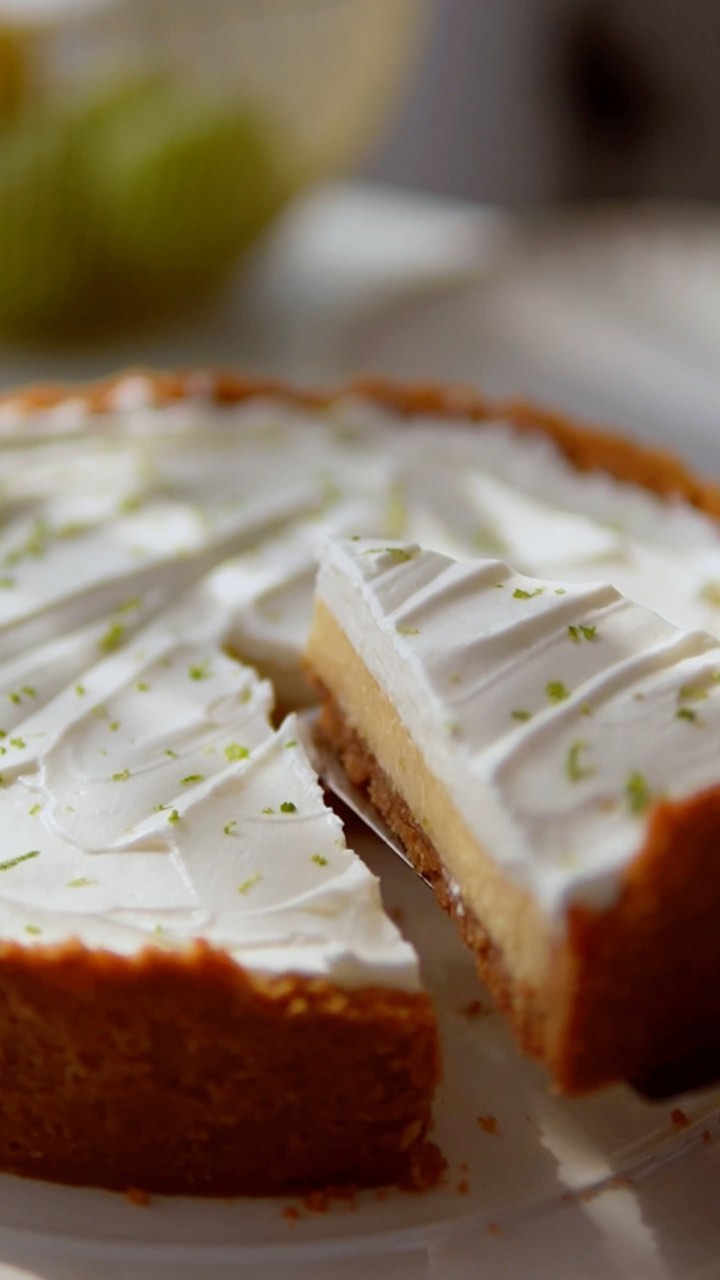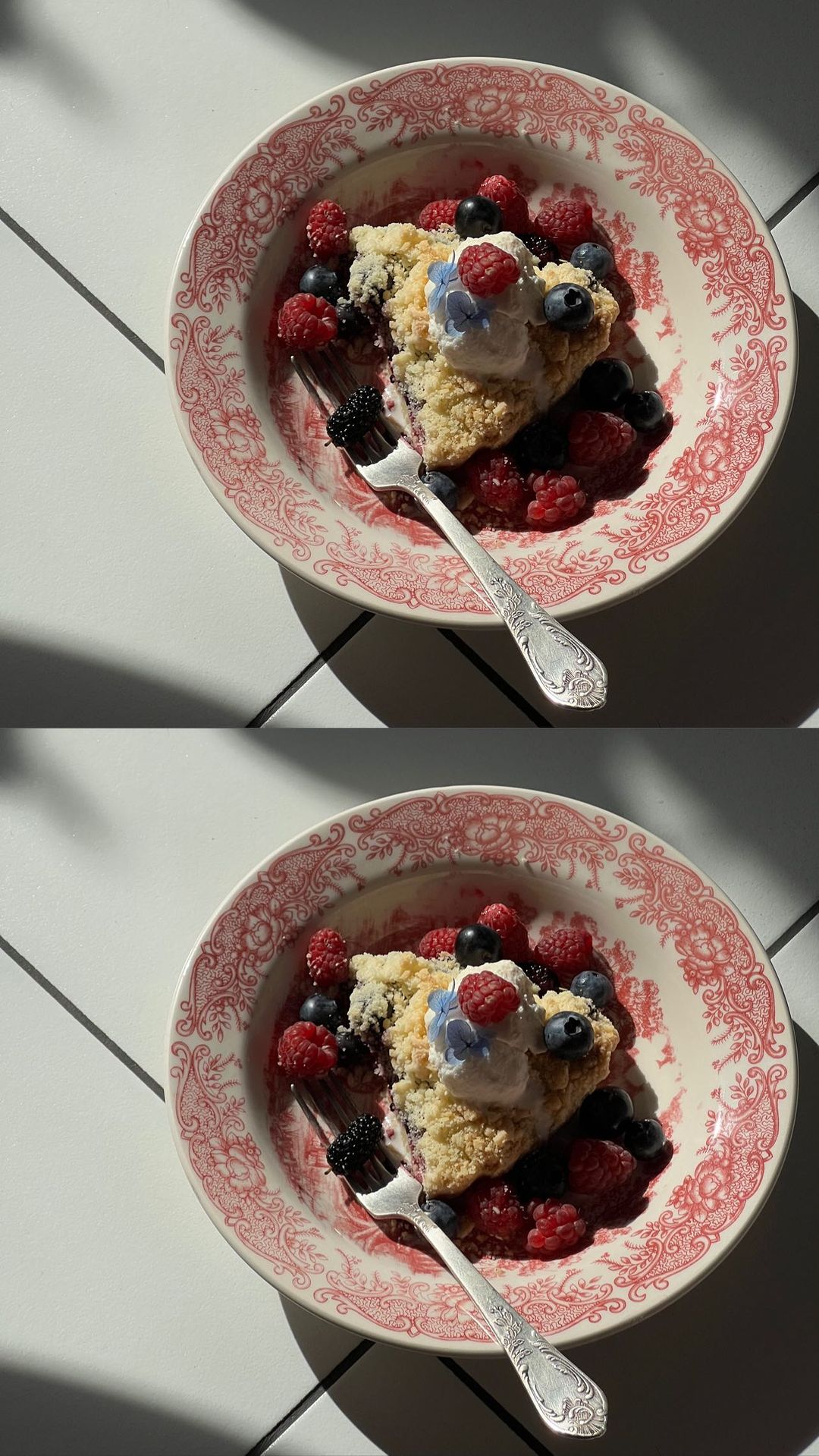Ingredients
Buttery Crust
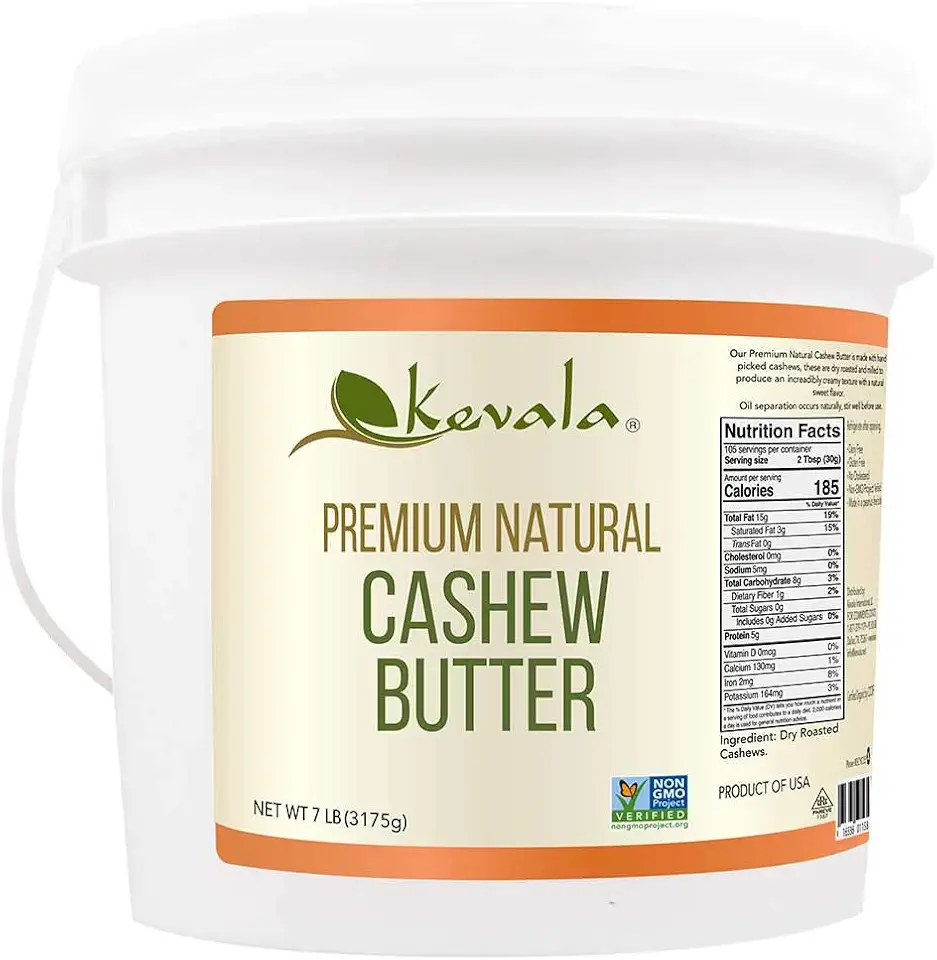 Kevala Cashew Butter 7 Lbs Pail
$83.62
View details
Prime
best seller
Kevala Cashew Butter 7 Lbs Pail
$83.62
View details
Prime
best seller
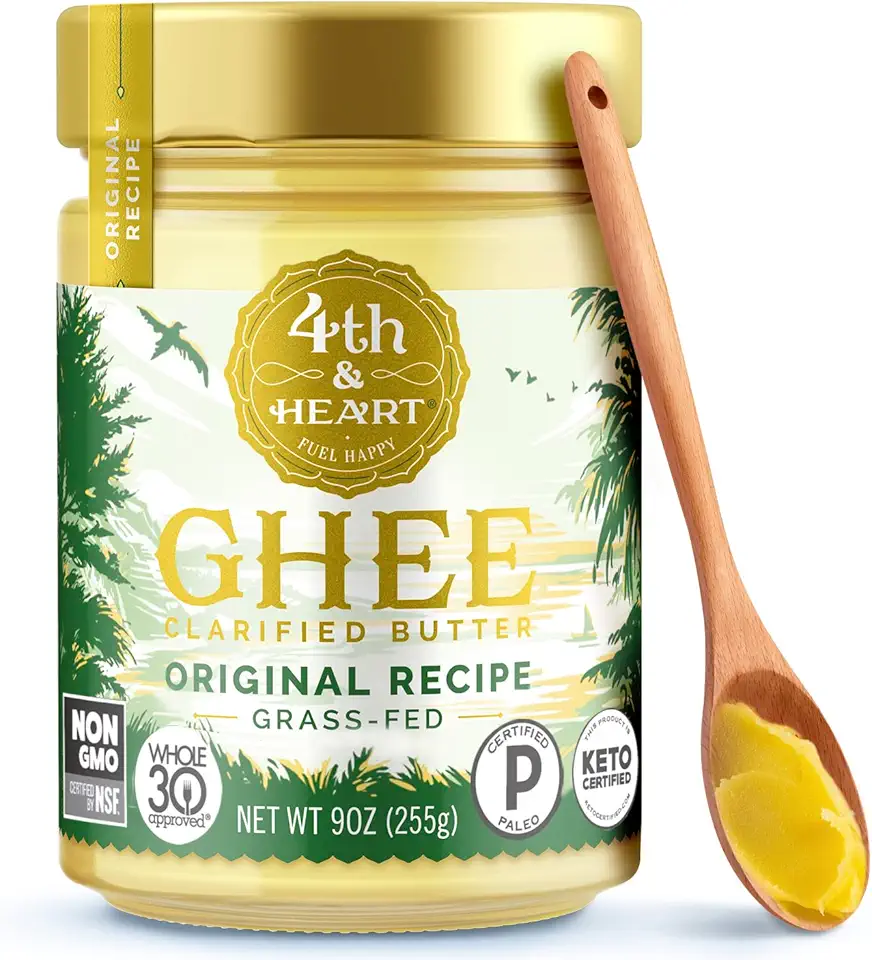 4th & Heart Original Grass-Fed Ghee, Clarified Butter, Keto, Pasture Raised, Lactose and Casein Free, Certified Paleo (9 Ounces)
$11.49
View details
Prime
4th & Heart Original Grass-Fed Ghee, Clarified Butter, Keto, Pasture Raised, Lactose and Casein Free, Certified Paleo (9 Ounces)
$11.49
View details
Prime
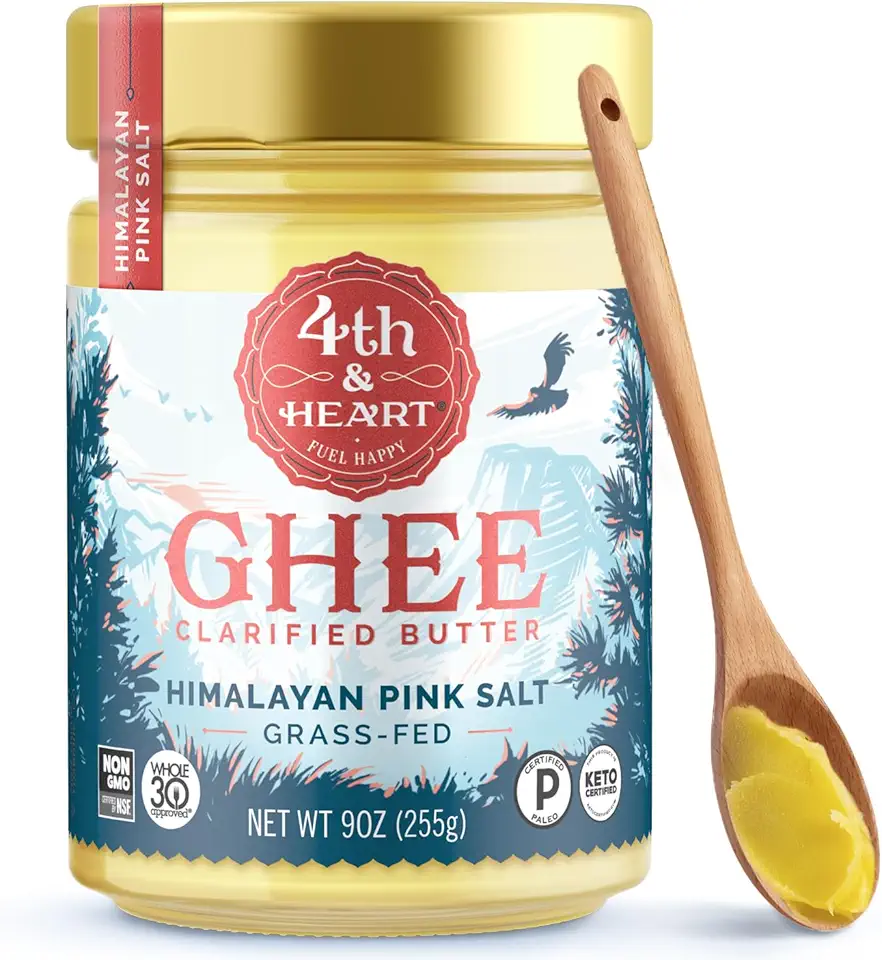 4th & Heart Himalayan Pink Salt Grass-Fed Ghee, Clarified Butter, Keto Pasture Raised, Non-GMO, Lactose and Casein Free, Certified Paleo (9 Ounces)
$9.49
View details
4th & Heart Himalayan Pink Salt Grass-Fed Ghee, Clarified Butter, Keto Pasture Raised, Non-GMO, Lactose and Casein Free, Certified Paleo (9 Ounces)
$9.49
View details
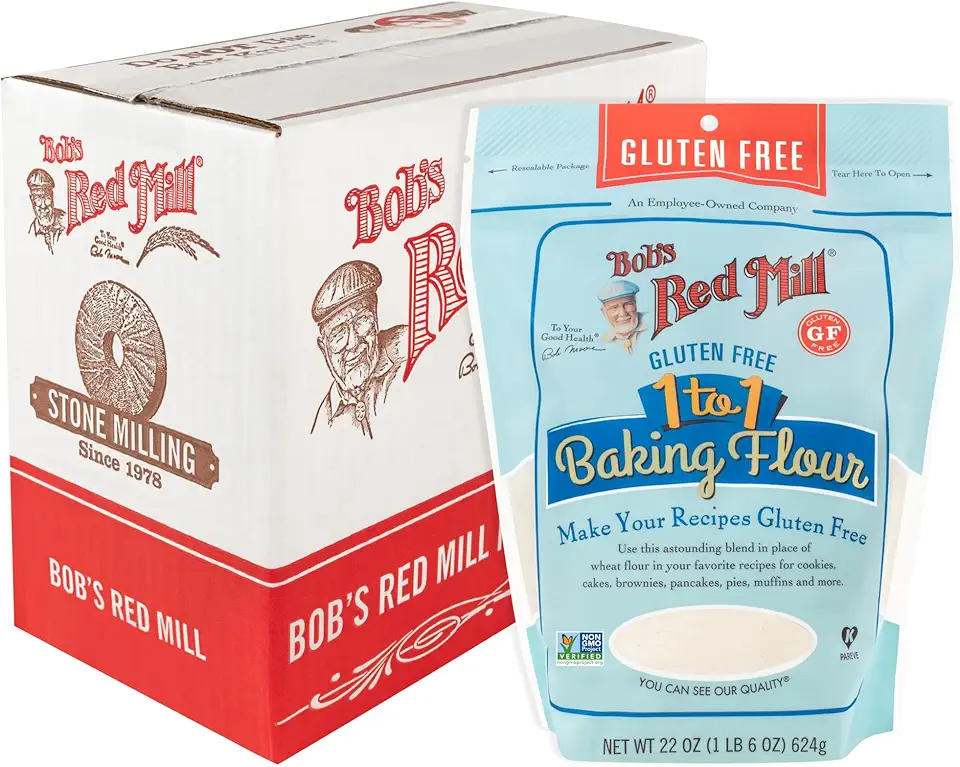 Bob's Red Mill Gluten Free 1-to-1 Baking Flour, 22 Ounce (Pack of 4)
$23.96
View details
Prime
Bob's Red Mill Gluten Free 1-to-1 Baking Flour, 22 Ounce (Pack of 4)
$23.96
View details
Prime
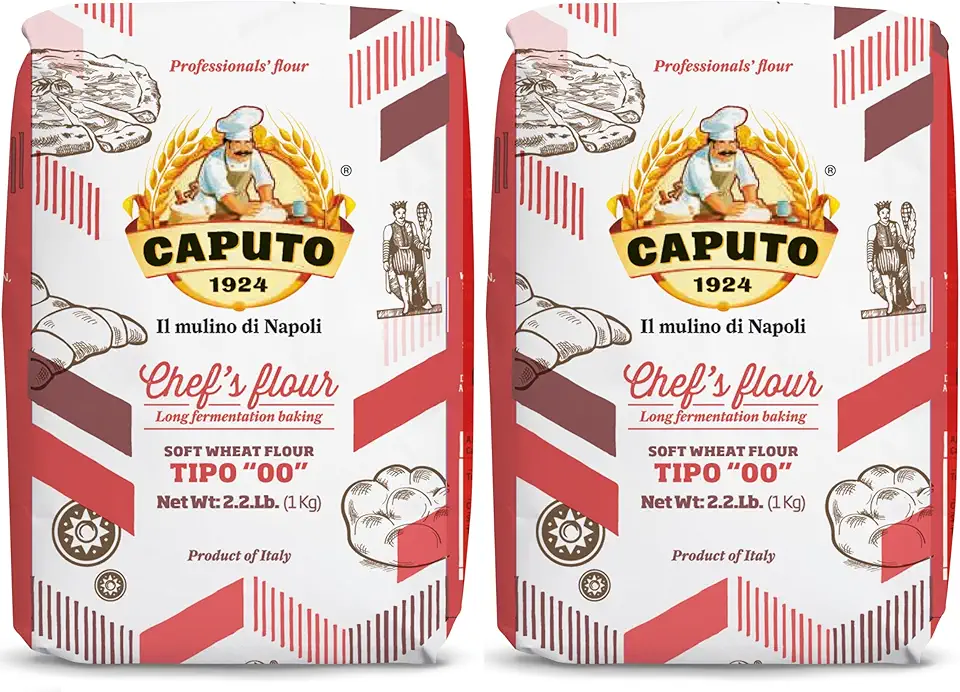 Antimo Caputo Chefs Flour - Italian Double Zero 00 - Soft Wheat for Pizza Dough, Bread, & Pasta, 2.2 Lb (Pack of 2)
$16.99
View details
Prime
best seller
Antimo Caputo Chefs Flour - Italian Double Zero 00 - Soft Wheat for Pizza Dough, Bread, & Pasta, 2.2 Lb (Pack of 2)
$16.99
View details
Prime
best seller
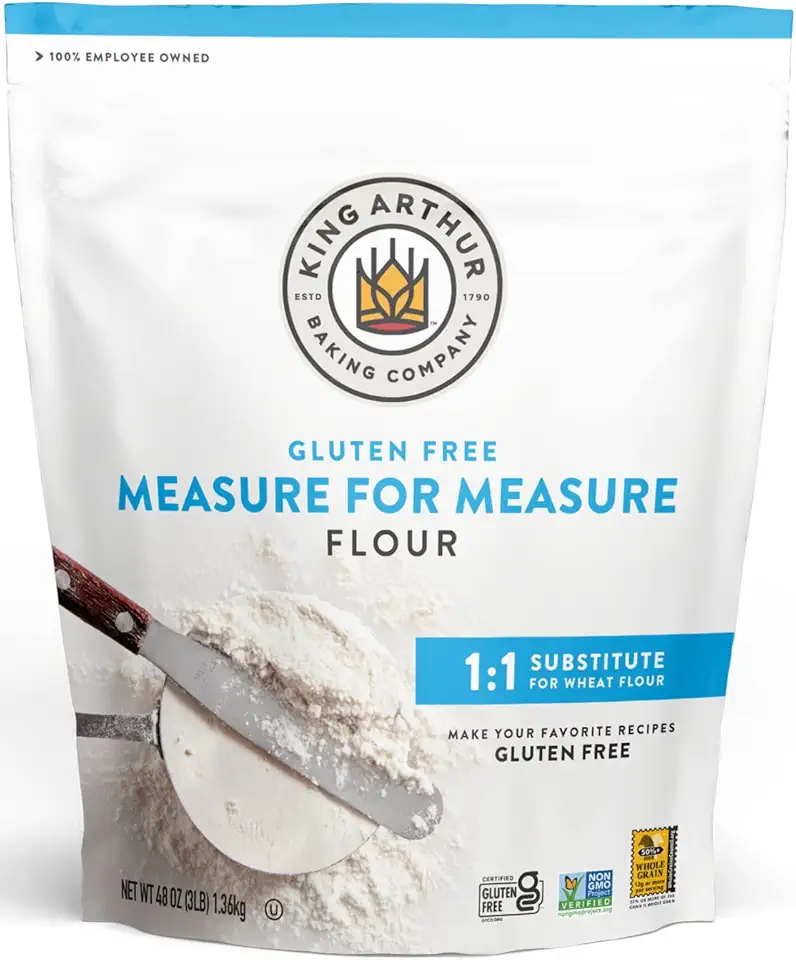 King Arthur, Measure for Measure Flour, Certified Gluten-Free, Non-GMO Project Verified, Certified Kosher, 3 Pounds, Packaging May Vary
$8.62
View details
King Arthur, Measure for Measure Flour, Certified Gluten-Free, Non-GMO Project Verified, Certified Kosher, 3 Pounds, Packaging May Vary
$8.62
View details
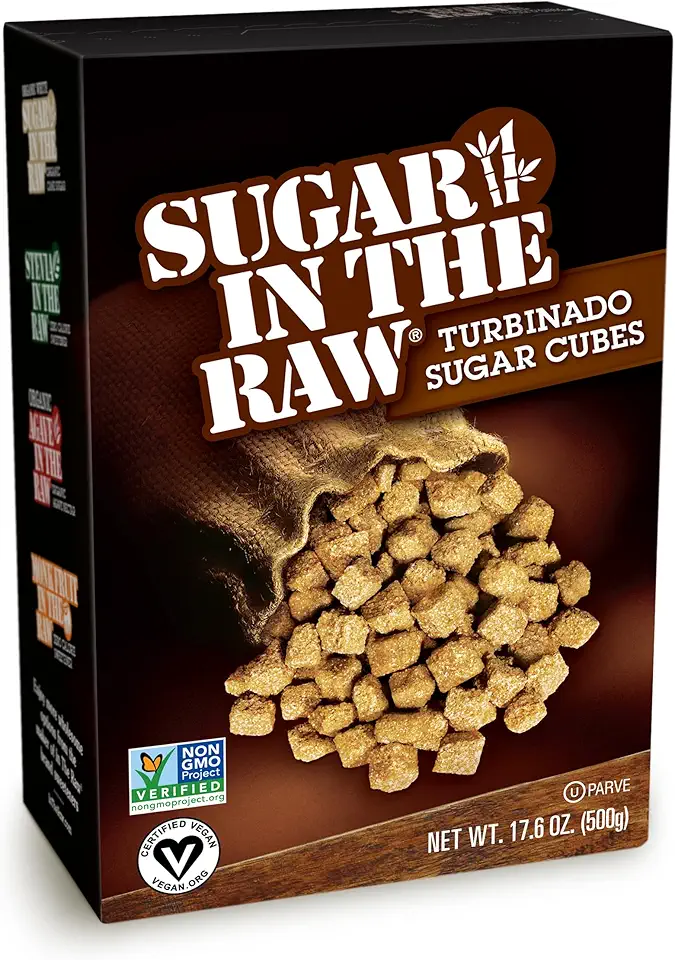 Sugar In The Raw Granulated Turbinado Cane Sugar Cubes, No Added Flavors or erythritol, Pure Natural Sweetener, Hot & Cold Drinks, Coffee, Vegan, Gluten-Free, Non-GMO,Pack of 1
$5.27
View details
Prime
Sugar In The Raw Granulated Turbinado Cane Sugar Cubes, No Added Flavors or erythritol, Pure Natural Sweetener, Hot & Cold Drinks, Coffee, Vegan, Gluten-Free, Non-GMO,Pack of 1
$5.27
View details
Prime
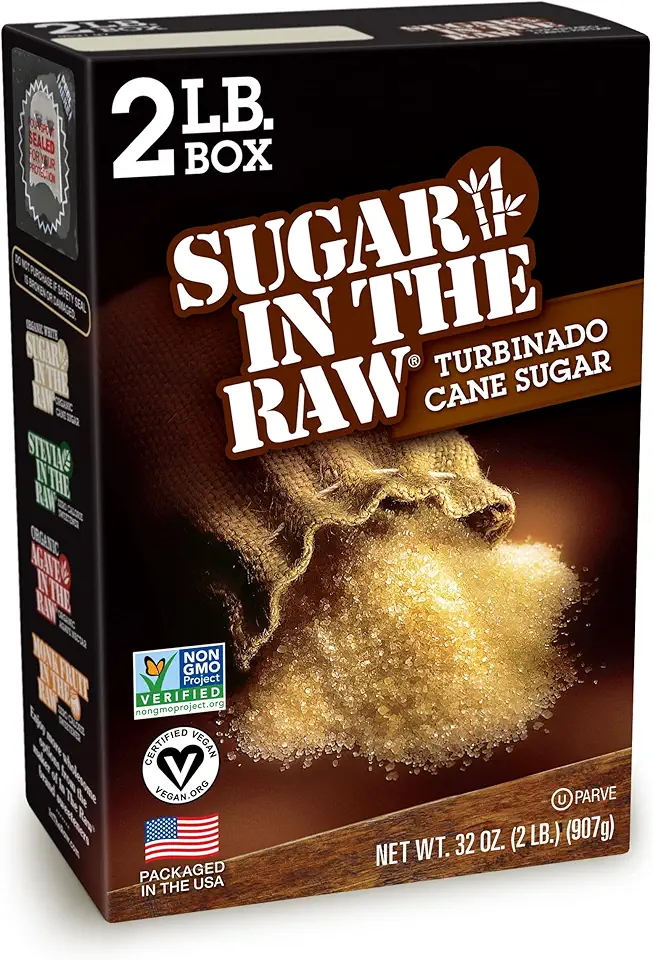 Sugar In The Raw Granulated Turbinado Cane Sugar, No Added Flavors or erythritol, Pure Natural Sweetener, Hot & Cold Drinks, Coffee, Baking, Vegan, Gluten-Free, Non-GMO, Bulk Sugar, 2lb Bag (1-Pack)
$3.74
$4.14
View details
Prime
Sugar In The Raw Granulated Turbinado Cane Sugar, No Added Flavors or erythritol, Pure Natural Sweetener, Hot & Cold Drinks, Coffee, Baking, Vegan, Gluten-Free, Non-GMO, Bulk Sugar, 2lb Bag (1-Pack)
$3.74
$4.14
View details
Prime
 C&H Pure Cane Granulated White Sugar, 25-Pound Bags
$56.99
$49.98
View details
C&H Pure Cane Granulated White Sugar, 25-Pound Bags
$56.99
$49.98
View details
Instructions
Step 1
Combine the flour, salt, and baking powder in a bowl. Mix well to ensure the baking powder is evenly distributed.
Step 2
Cream the egg yolk with the sugar until well combined. Add a small portion of the dry mixture to this, and mix thoroughly.
Step 3
Cut the butter into small cubes (keep it at around 59°F or 15°C). Add the butter cubes to the dough, combining until the mixture reaches a crumbly texture. Quickly integrate the remaining dry ingredients and form the dough into a ball.
Refrigerate the dough for at least an hour to firm up before using.
Step 4
Roll out the dough and place it in a pie pan (8 to 9 inches in diameter). Prick the base with a fork. Freeze the crust for about 15 minutes to firm it up.
Step 5
Preheat your oven to 392°F (200°C). Line the crust with parchment paper and fill it with baking beans or pie weights. Bake the crust with the weights for 10 minutes.
Remove the parchment and weights, then continue baking for another 10 minutes or until the crust is golden-brown.
Servings
Serving this pie is almost an art 🎨! Imagine a sunny afternoon with a slice of this pie paired with a scoop of vanilla ice cream. The combination of warm pie and cold ice cream is pure bliss, creating a contrast that enhances the flavors of both 🍦.
If you’re looking to complement its delightful butteriness, drizzling some rich chocolate sauce over the wedges adds an extra layer of luxury 🍫. Serve it with fresh berries like raspberries or strawberries, which not only brighten the plate but also add a zesty freshness that perfectly balances the rich pie.
For a more elegant touch, consider a dusting of powdered sugar over the top. It adds a subtle sweetness and resembles a light dusting of winter snow, making it ideal for festive occasions ❄️. Finally, pair your serving with a cup of freshly brewed coffee or herbal tea to complete the experience ☕️.
Equipment
Essential for combining your ingredients efficiently. A larger bowl makes mixing easier and less messy.
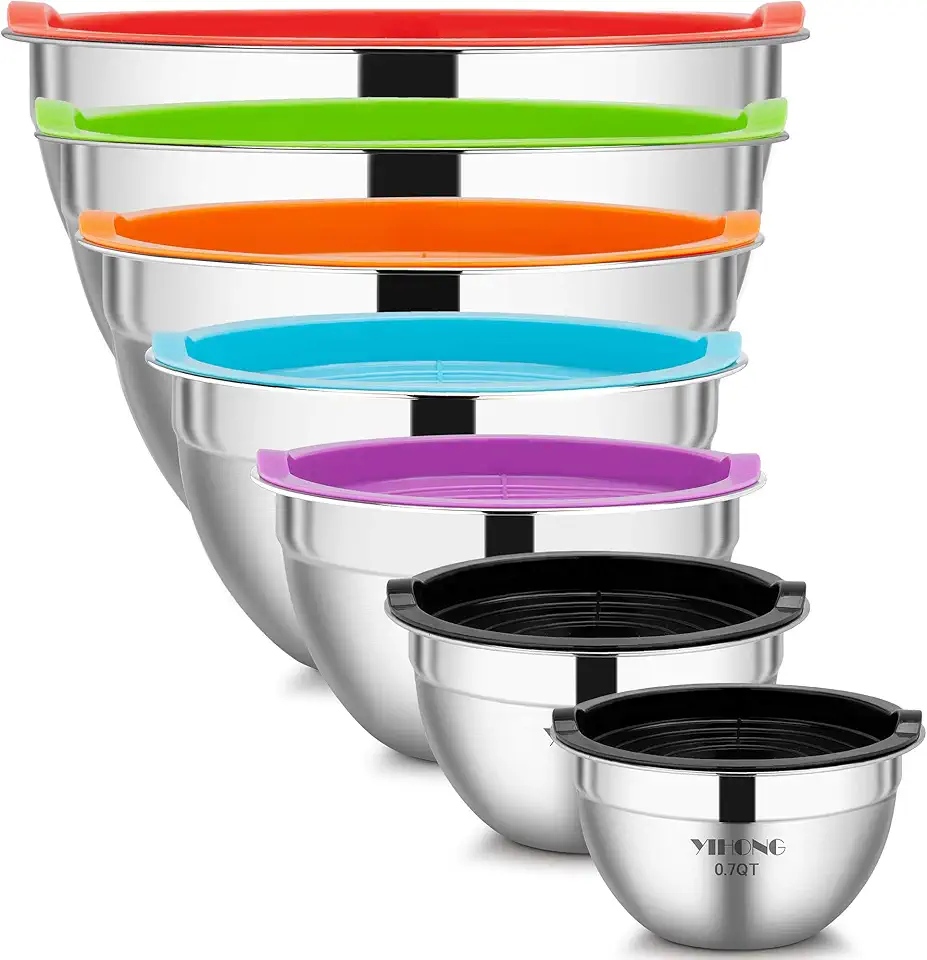 YIHONG 7 Piece Mixing Bowls with Lids for Kitchen, Stainless Steel Mixing Bowls Set Ideal for Baking, Prepping, Cooking and Serving Food, Nesting Metal Mixing Bowls for Space Saving Storage
$27.99
$35.99
View details
Prime
best seller
YIHONG 7 Piece Mixing Bowls with Lids for Kitchen, Stainless Steel Mixing Bowls Set Ideal for Baking, Prepping, Cooking and Serving Food, Nesting Metal Mixing Bowls for Space Saving Storage
$27.99
$35.99
View details
Prime
best seller
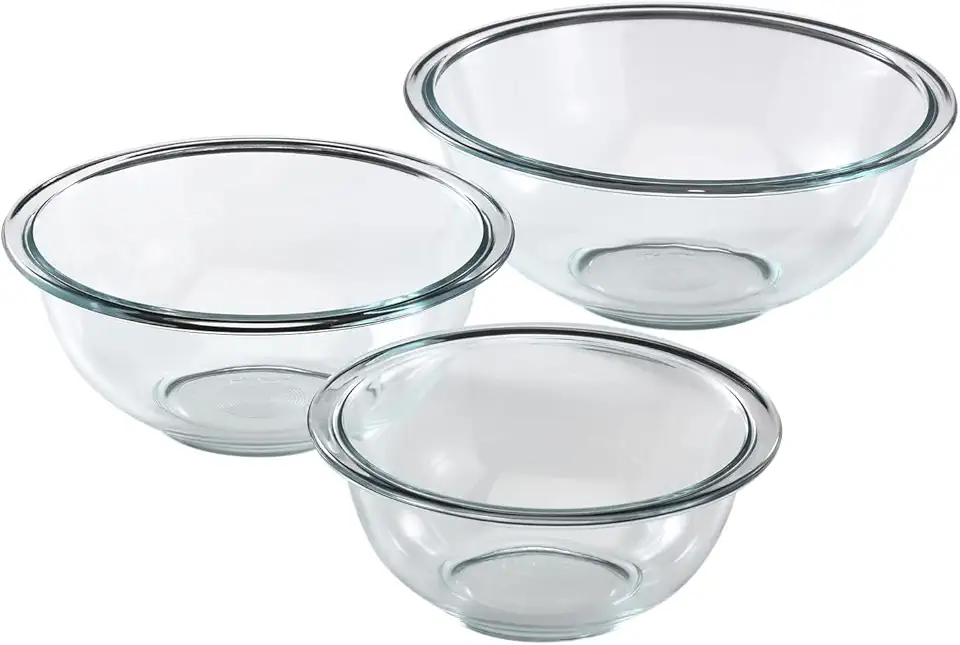 Pyrex Glass, 3-Piece, 3 PC Mixing Bowl Set
$17.53
View details
Prime
Pyrex Glass, 3-Piece, 3 PC Mixing Bowl Set
$17.53
View details
Prime
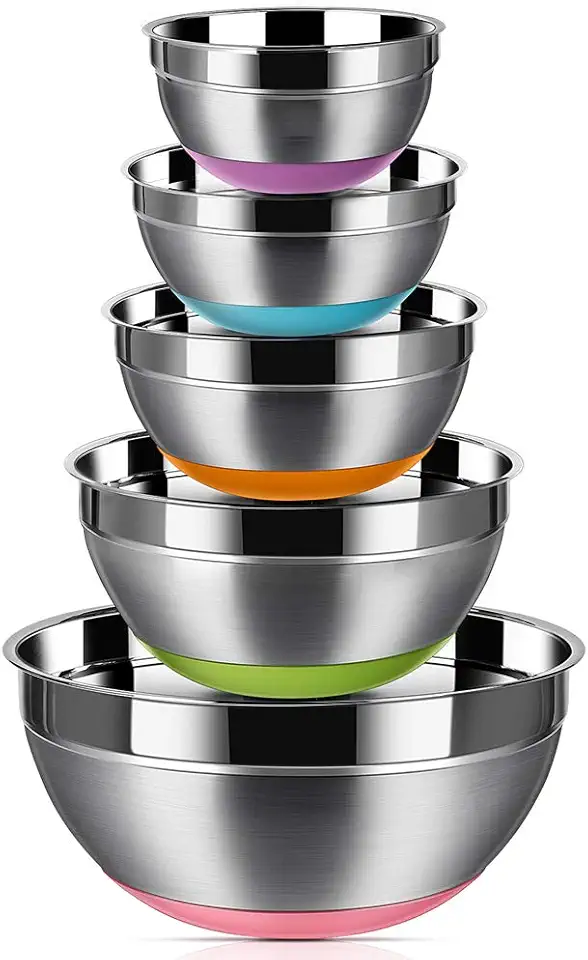 REGILLER Stainless Steel Mixing Bowls (Set of 5), Non Slip Colorful Silicone Bottom Nesting Storage Bowls, Polished Mirror Finish For Healthy Meal Mixing and Prepping 1.5-2 - 2.5-3.5 - 7QT (Colorful)
$26.99
View details
REGILLER Stainless Steel Mixing Bowls (Set of 5), Non Slip Colorful Silicone Bottom Nesting Storage Bowls, Polished Mirror Finish For Healthy Meal Mixing and Prepping 1.5-2 - 2.5-3.5 - 7QT (Colorful)
$26.99
View details
Handy for cutting the butter into the flour, ensuring a crumbly and light crust texture.
Make sure you have the correct size, as it ensures even cooking and perfect shape.
Necessary for blind baking, they prevent the crust from rising and provide that perfect crunch.
Keep it close to ensure accurate temperature, as precise heat is essential for a perfect bake.
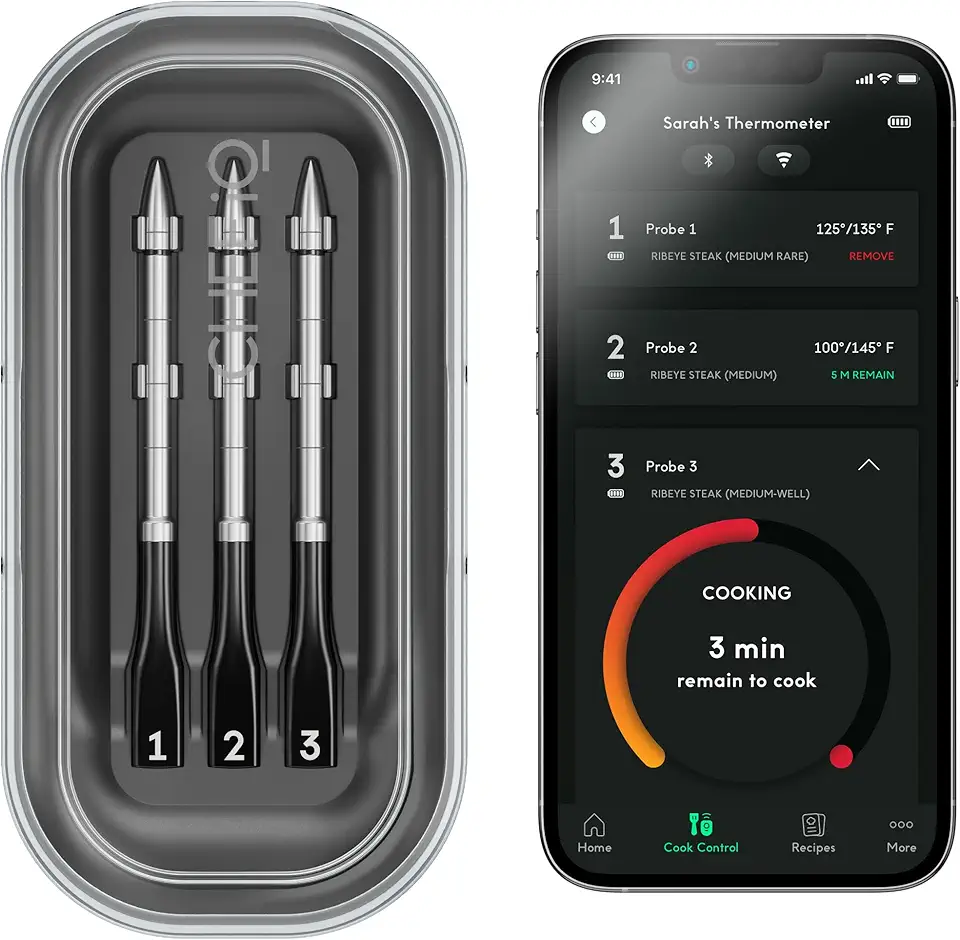 CHEF iQ Sense Smart Wireless Meat Thermometer with 3 Ultra-Thin Probes, Unlimited Range Bluetooth Meat Thermometer, Digital Food Thermometer for Remote Monitoring of BBQ Grill, Oven
$139.99
$219.99
View details
Prime
CHEF iQ Sense Smart Wireless Meat Thermometer with 3 Ultra-Thin Probes, Unlimited Range Bluetooth Meat Thermometer, Digital Food Thermometer for Remote Monitoring of BBQ Grill, Oven
$139.99
$219.99
View details
Prime
 Meat Thermometer Digital Wireless, 800FT Long Range Bluetooth Cooking Thermometer, Food Thermometer for Remote Monitoring of Grill, Oven, Smoker, Air Fryer, Rotisserie, iOS & Android App
$99.99
$139.99
View details
Prime
Meat Thermometer Digital Wireless, 800FT Long Range Bluetooth Cooking Thermometer, Food Thermometer for Remote Monitoring of Grill, Oven, Smoker, Air Fryer, Rotisserie, iOS & Android App
$99.99
$139.99
View details
Prime
 Wireless Bluetooth Smart Meat Thermometer: Standalone Base, WiFi Unlimited Range, 6 Sensors with NIST Certified Accuracy, 2 Probes, for BBQ, Grill, Oven, Smoker, Rotisserie (Red)
$120.00
$149.99
View details
Wireless Bluetooth Smart Meat Thermometer: Standalone Base, WiFi Unlimited Range, 6 Sensors with NIST Certified Accuracy, 2 Probes, for BBQ, Grill, Oven, Smoker, Rotisserie (Red)
$120.00
$149.99
View details
Variations
For a gluten-free option 🌾, replace the wheat flour with a gluten-free all-purpose flour blend. Add a teaspoon of xanthan gum to maintain the dough's elasticity and structure.
To make the pie vegan 🌱, swap the butter for a plant-based butter alternative and use a flaxseed mixture (1 tablespoon ground flaxseed + 2.5 tablespoons water) instead of the egg yolk. The texture will be slightly different, but the result is delicious and perfect for both vegans and those avoiding dairy 🥥.
Faq
- Why is my crust not flaky?
Ensure your butter is cold when mixing with the flour. The cold butter helps create that light, flaky texture.
- Can I use whole wheat flour instead of all-purpose?
While you can substitute with whole wheat flour, it may change the texture to be denser and alter the taste slightly.
- How can I prevent my crust from shrinking?
Chill your dough thoroughly before baking and avoid overworking it to minimize gluten development, which causes shrinking.
- What is blind baking and why is it necessary?
Blind baking involves pre-baking the crust with weights to ensure it cooks evenly without any mushy parts at the base.
- How can I add more flavor to the crust?
Consider adding a hint of vanilla extract or grated lemon zest to the dough for an aromatic twist.
- Is it possible to freeze the dough?
Absolutely! Wrap it tightly in plastic wrap and store it in the freezer. Thaw in the refrigerator before using.

